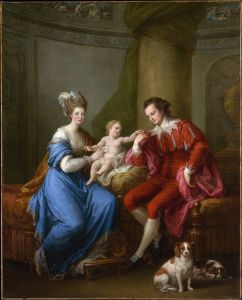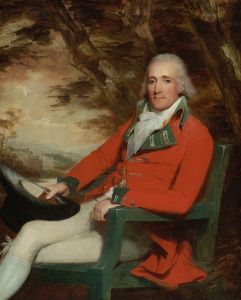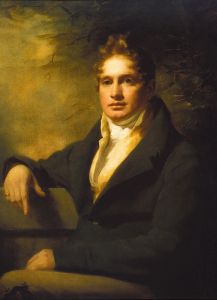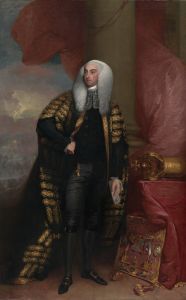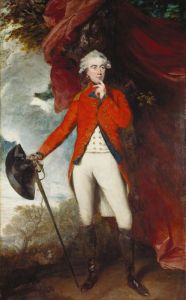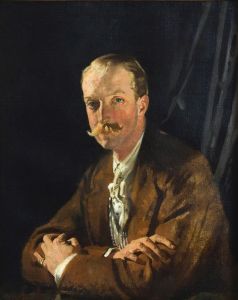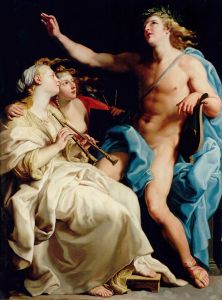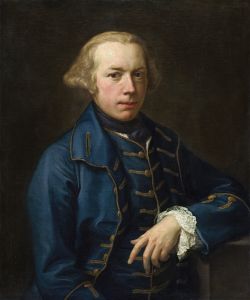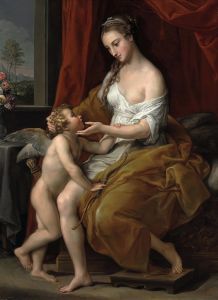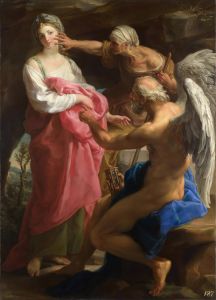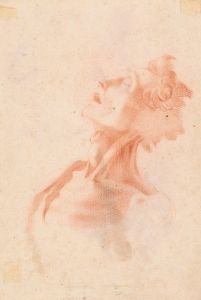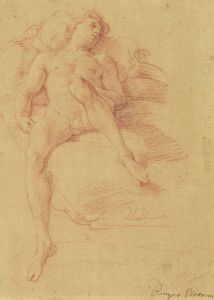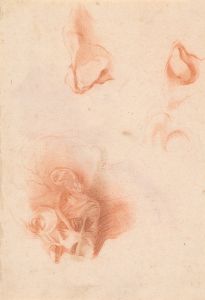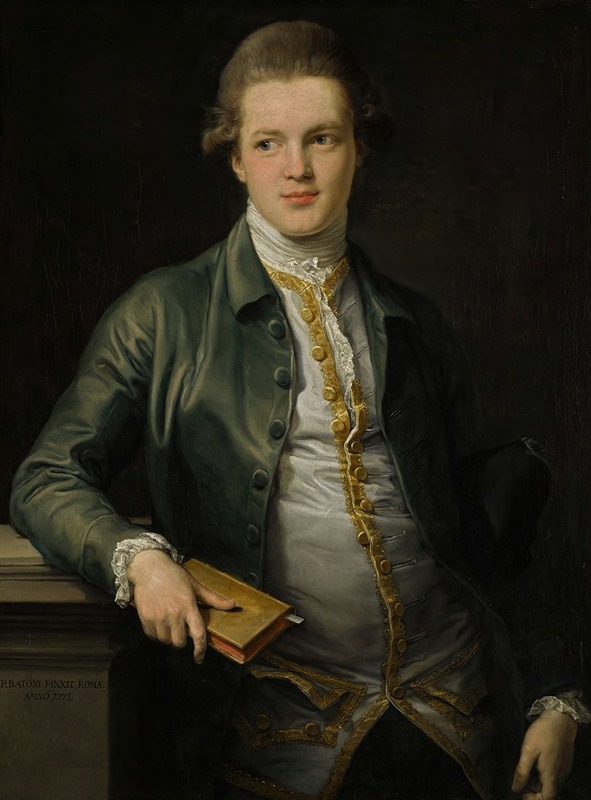
Portrait of Thomas Orde, later Orde-Powlett and 1st Baron Bolton
A hand-painted replica of Pompeo Batoni’s masterpiece Portrait of Thomas Orde, later Orde-Powlett and 1st Baron Bolton, meticulously crafted by professional artists to capture the true essence of the original. Each piece is created with museum-quality canvas and rare mineral pigments, carefully painted by experienced artists with delicate brushstrokes and rich, layered colors to perfectly recreate the texture of the original artwork. Unlike machine-printed reproductions, this hand-painted version brings the painting to life, infused with the artist’s emotions and skill in every stroke. Whether for personal collection or home decoration, it instantly elevates the artistic atmosphere of any space.
The painting Portrait of Thomas Orde, later Orde-Powlett and 1st Baron Bolton is a work by the renowned Italian artist Pompeo Batoni, completed in 1776. Batoni, celebrated for his portraits of European aristocracy and travelers on the Grand Tour, was one of the most sought-after portrait painters of the 18th century. This particular portrait depicts Thomas Orde, an English politician and nobleman who later became the 1st Baron Bolton.
Thomas Orde (1746–1807) was a prominent figure in British politics and society. He served as the Chief Secretary for Ireland from 1784 to 1787 and was later elevated to the peerage as Baron Bolton in 1797. The portrait was commissioned during Orde's travels in Italy, a common practice among wealthy young men of the time who undertook the Grand Tour as part of their education and cultural enrichment. Batoni's studio in Rome was a popular destination for such travelers, and his portraits often included classical elements that reflected the sitter's sophistication and connection to antiquity.
In this painting, Orde is depicted in a formal yet relaxed pose, dressed in elegant attire that reflects his status and taste. The background includes classical architectural elements, a hallmark of Batoni's style, which served to emphasize the sitter's refinement and engagement with the cultural ideals of the Enlightenment. The artist's meticulous attention to detail is evident in the rendering of the fabrics, textures, and the sitter's facial expression, which conveys a sense of confidence and poise.
The portrait is an excellent example of Batoni's ability to combine the traditions of Italian Baroque art with the emerging neoclassical aesthetic of the 18th century. His works were highly prized for their technical skill and the way they captured the personalities and social standing of his subjects.
Today, the painting is recognized as an important representation of both the sitter's personal history and the broader cultural practices of the period. It remains a testament to Batoni's legacy as one of the leading portraitists of his time. The current location of the painting is not specified in available records.





